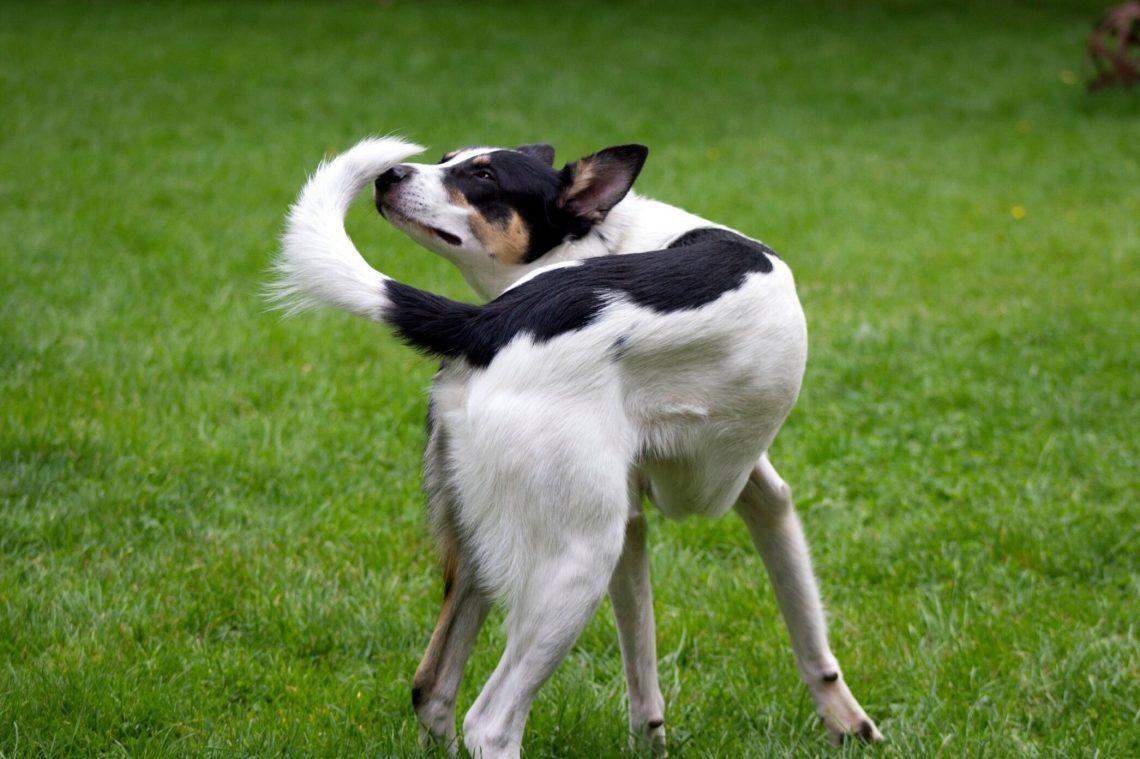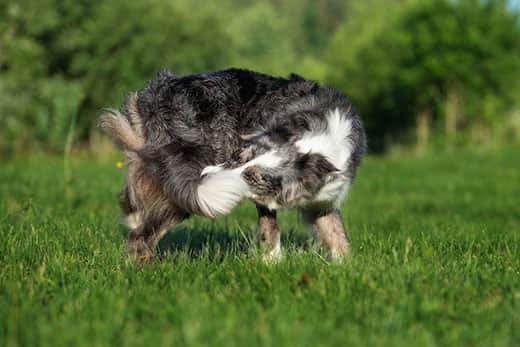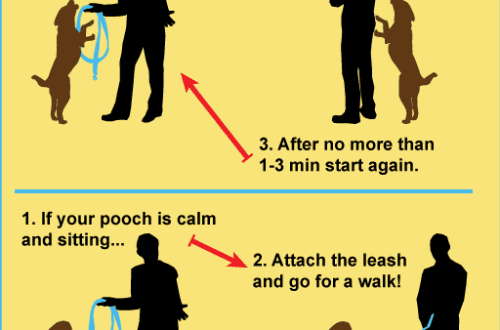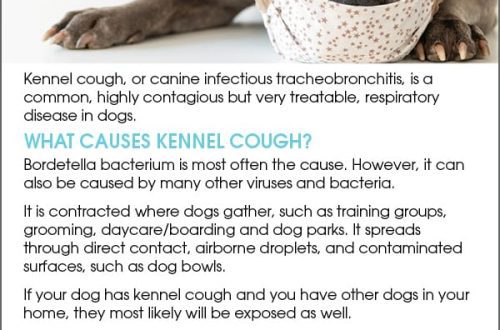
Why does a dog chase its tail
Sometimes you can see a dog chasing its tail, whether in the park or right in your living room, live or on TV. It can be a few cheerful circles around you, caused by some exciting event, in other cases – an endless cyclone. Only a new and no less exciting activity can distract the dog from it.
Owners often have a question why pets do this: because it’s boring, there is a lot of energy, or is it such a game? Can a dog get dizzy from running after its tail?
The four most common reasons why a dog chases its tail are:
Contents
1. Boredom
In this case, she lacks mental stimulation, attention, or she is simply trying to burn off excess energy. This applies to many pets, especially young ones and puppies. They think that running in circles is a lot of fun.
For puppies who have not yet realized that the tail is part of their own body, this activity can be a great source of joy. They see a fuzzy object in their periphery and think it’s another animal worth chasing. According to Wag!, running in circles doesn’t seem to make dogs as dizzy as humans, so they can do it for quite some time.

2. The problem of a medical nature
If a dog occasionally chases its tail, this is perfectly normal. But if such behavior becomes obsessive, it may signal a serious problem.
As veterinarian Dr. Steve Weinberg said in an interview with the American Kennel Club, “Compulsive tail chasing may be caused by a brain anomaly similar to seizure activity. Other causes could be pain at the docking site, infection, or even cancer.”
Some experts believe that tail chasing may also signal mental illness in animals. As reported by The Guardian, annoying tail chasing is considered a symptom of compulsive disorder in dogs.
If the owners do nothing, this behavior can become self-destructive, causing the pet to damage its tail. If the owner notices that the dog is chasing its tail too obsessively, you should immediately consult with a veterinarian.
3. Genetics
There may be a link between compulsive tail chasing and high blood cholesterol, according to a study published in the Journal of Small Animal Practice. The researchers found that the 15 tail-chasing animals had significantly higher blood levels of total and high- and low-density lipoprotein cholesterol than their control counterparts. The presence of a genetic link, of course, requires more research, but nevertheless it was an interesting discovery.
There are many reasons why a dog might chase its tail. If she moves a lot and plays in the fresh air, but often chases her tail, you should additionally observe this. If the dog is doing this non-stop and compulsive, you may need to visit a veterinarian to make sure everything is in order.
4. Parasites
A dog that has an itchy tail from parasites, such as fleas or ticks, may chase its tail more often, trying to nibble on the itchy area. Although she’d rather sit up and try to twist to get to the itch, she might try to catch her tail first. If a dog chases its tail and bites, it is worth checking if it has parasites. It is better to contact a veterinary clinic and conduct a diagnosis.
Predisposition of breeds to chase the tail
According to the National Center for Biotechnology Information, there is evidence that some breeds, such as German Shepherds, Bull Terriers, and Anatolian Shepherds, are more tail-chasing. There are indications that tail chasing is common in terriers such as the West Highland White Terrier and the Jack Russell Terrier, but there are currently insufficient statistical data to support this hypothesis.
Should this behavior be stopped?
While tail chasing may seem like a harmless activity and great fun for both owner and dog, it’s important to keep a close eye on this behavior. There is a risk that the dog will actually catch up with its tail. This is especially true for young dogs who are not fully aware of this part of their body. The tail of the animal has many small bones that can be damaged or broken in case of injury. Since the dog considers its tail as prey, it can gnaw on it and injure itself. If the dog is close to grabbing its tail, it is necessary to intervene and stop the “chase” in order to prevent the animal from injuring itself.





